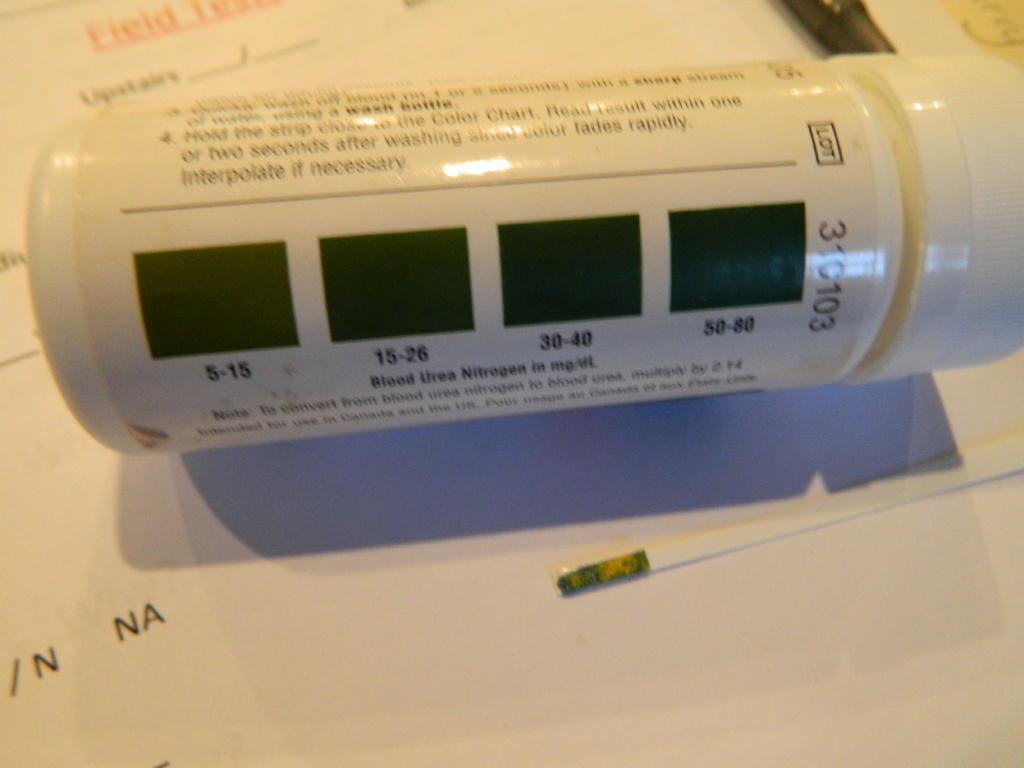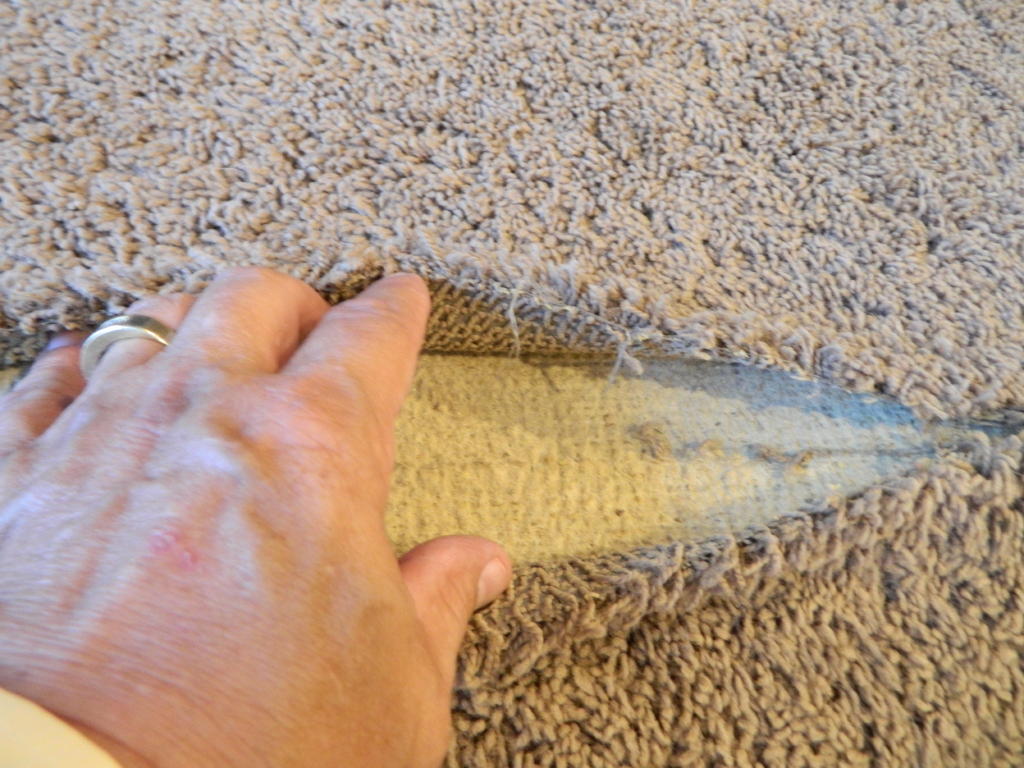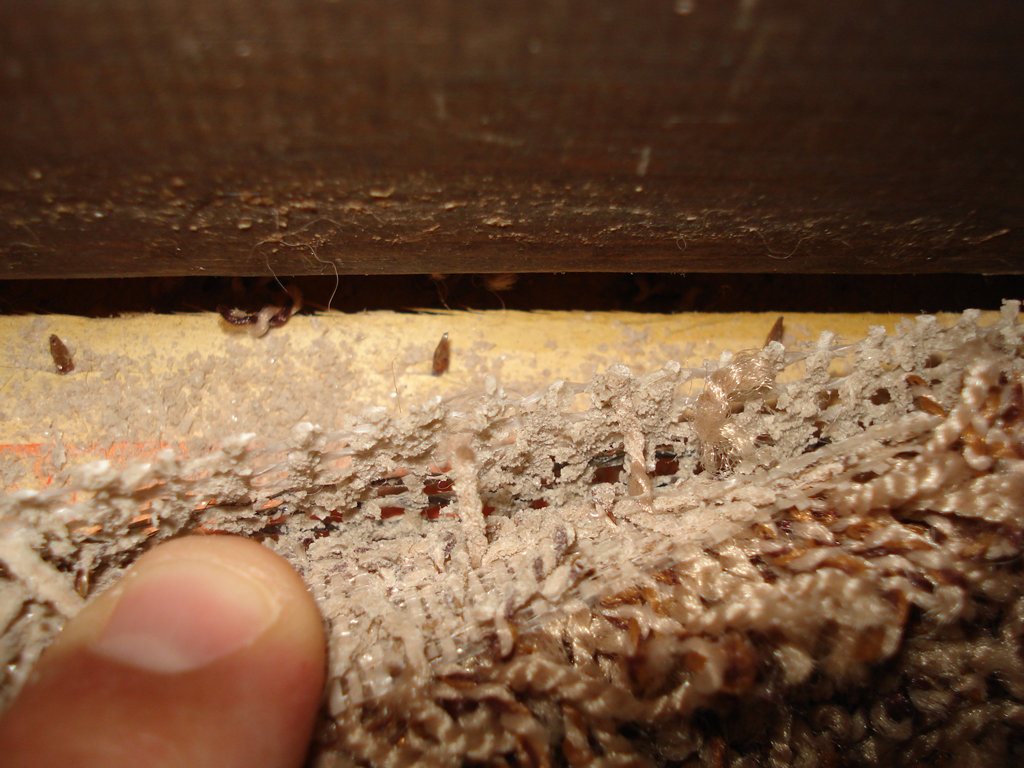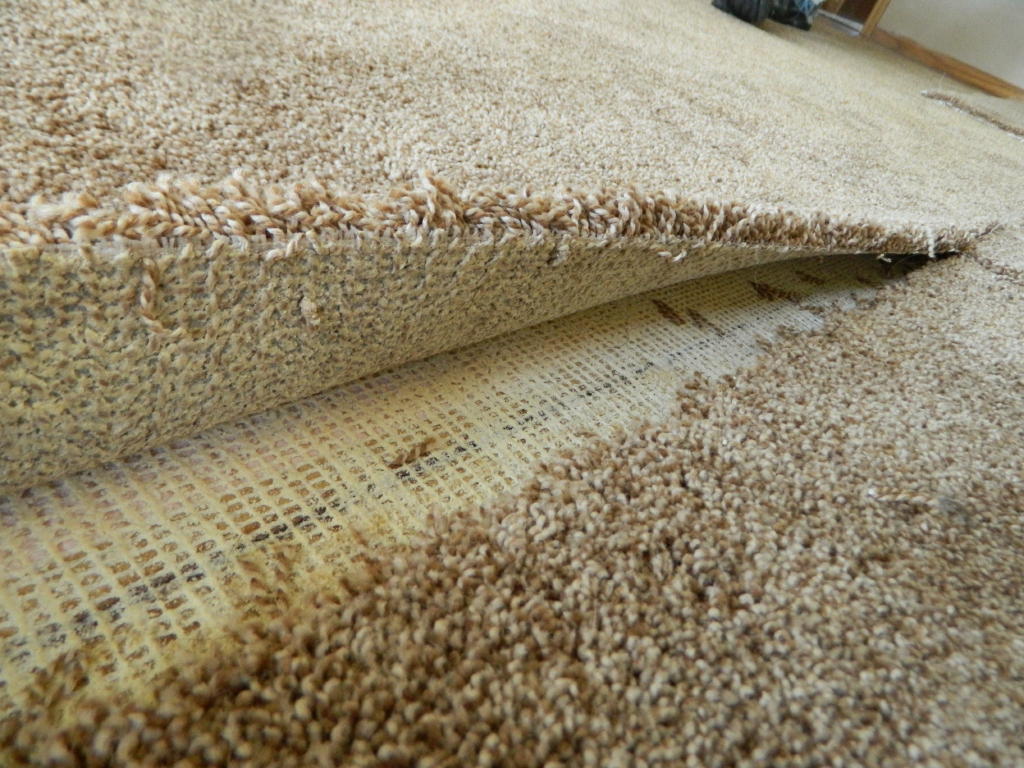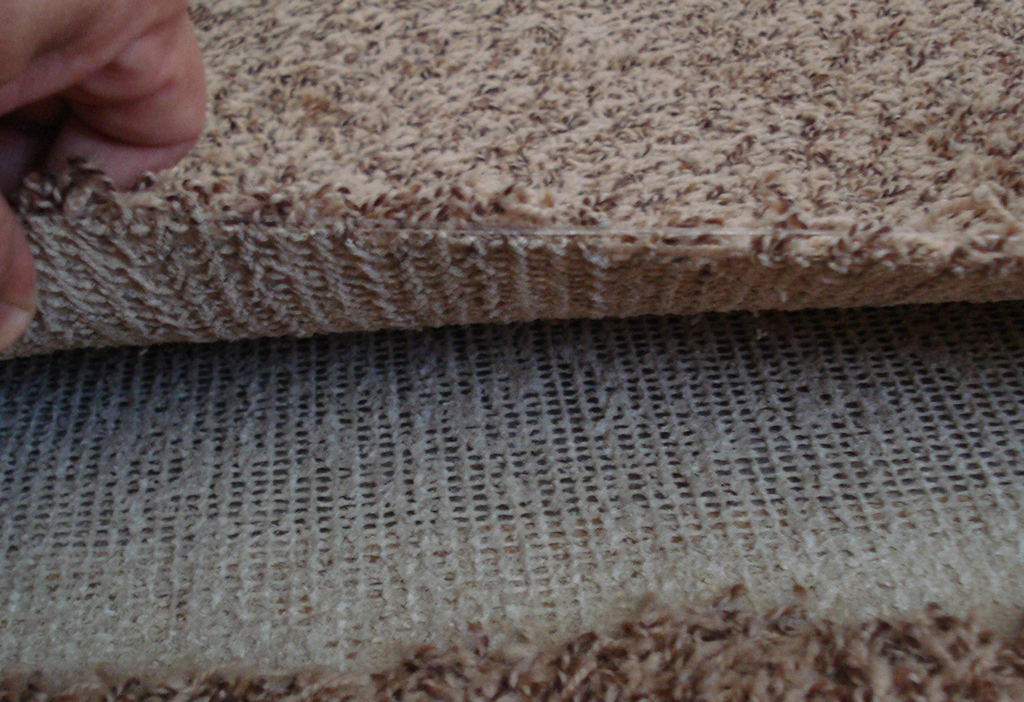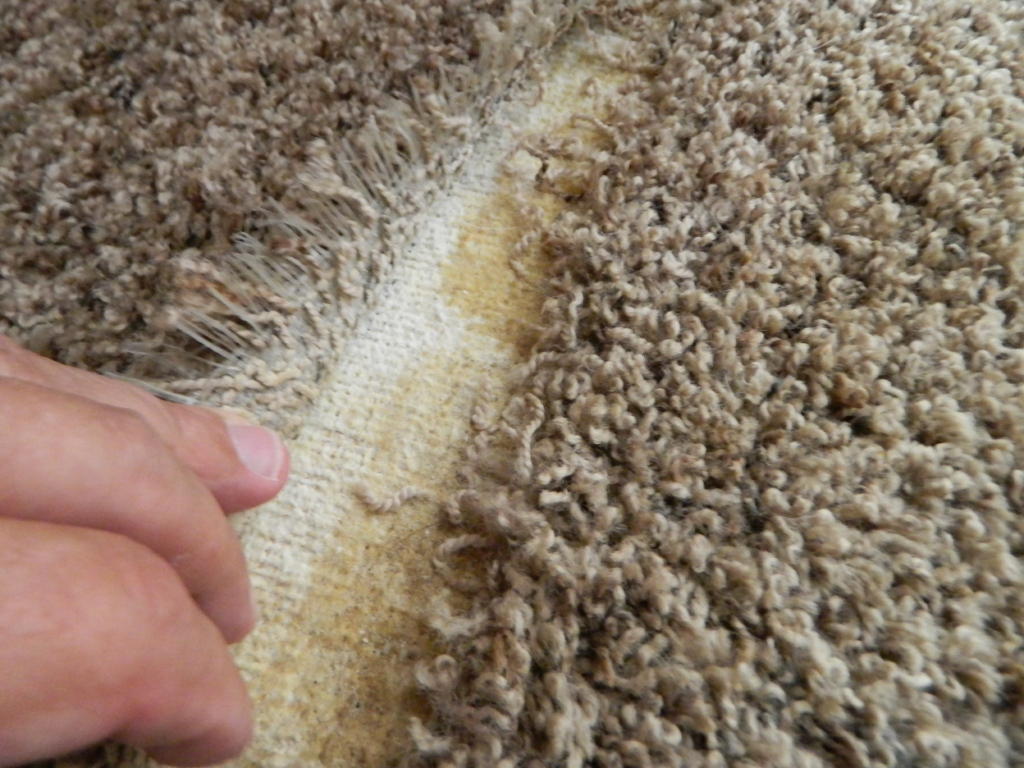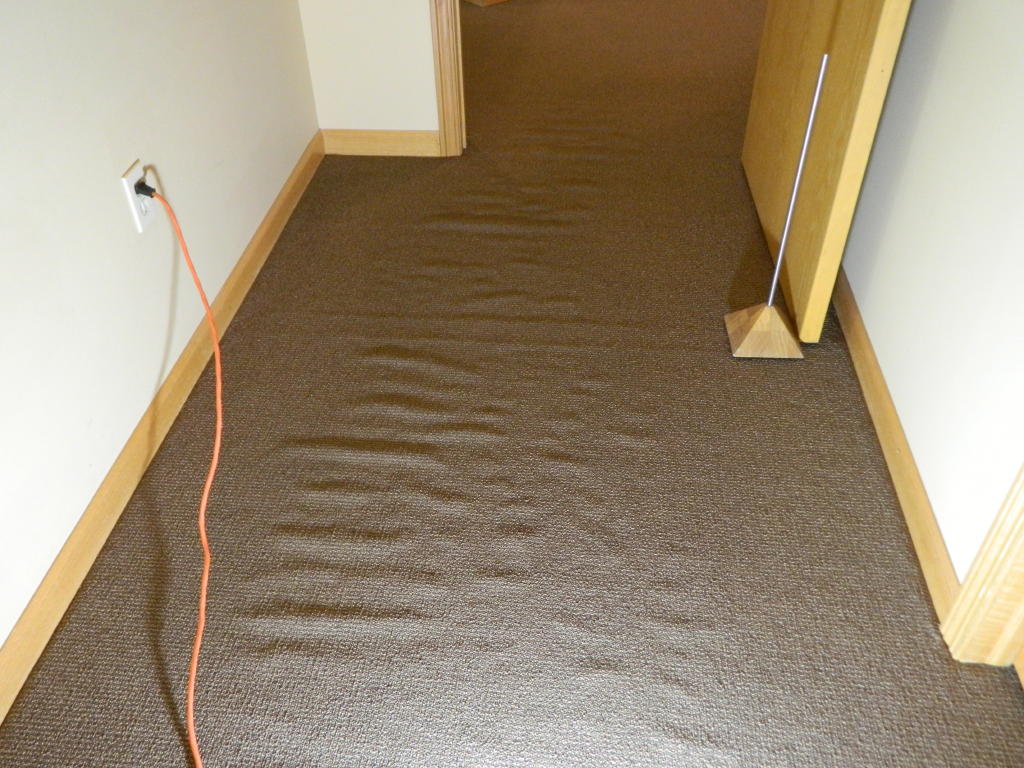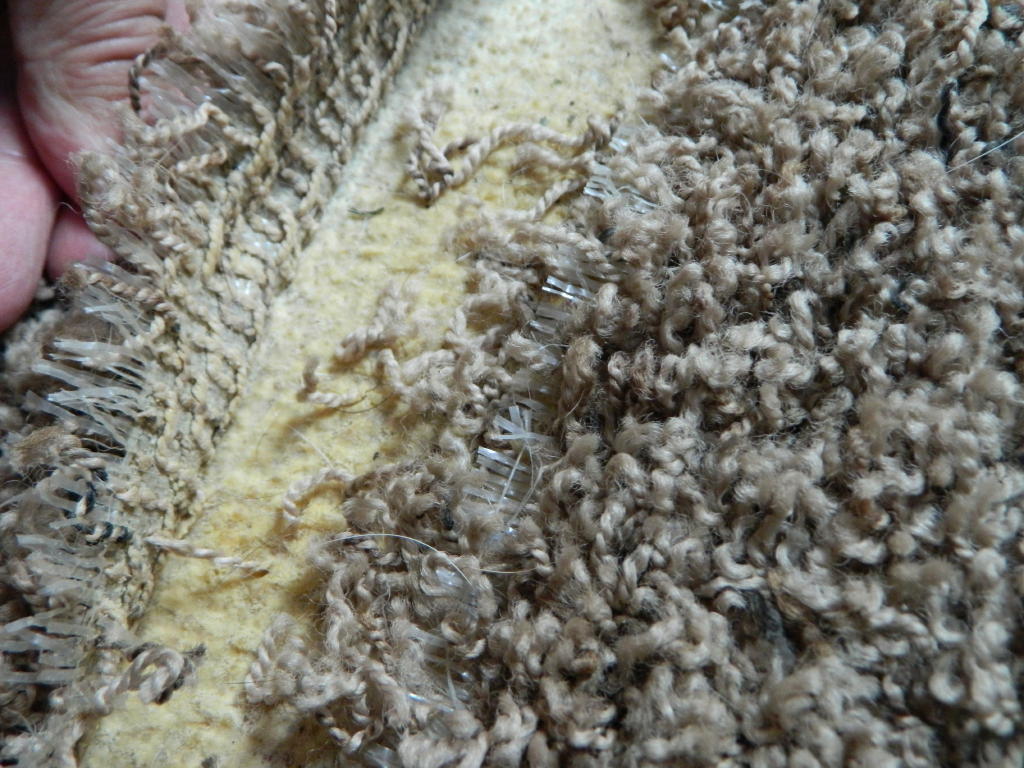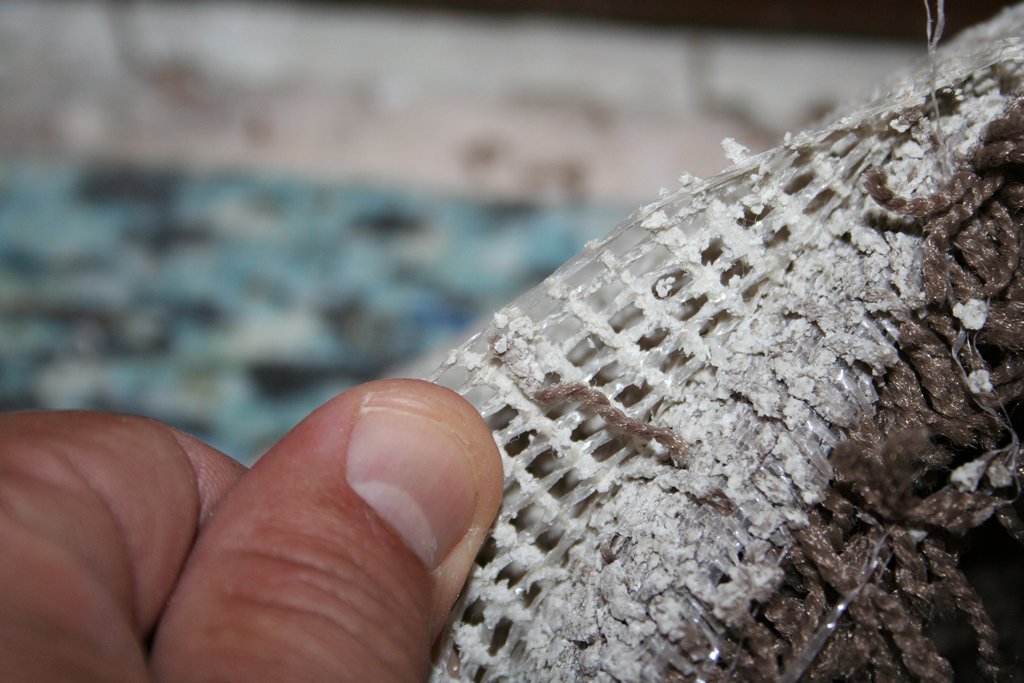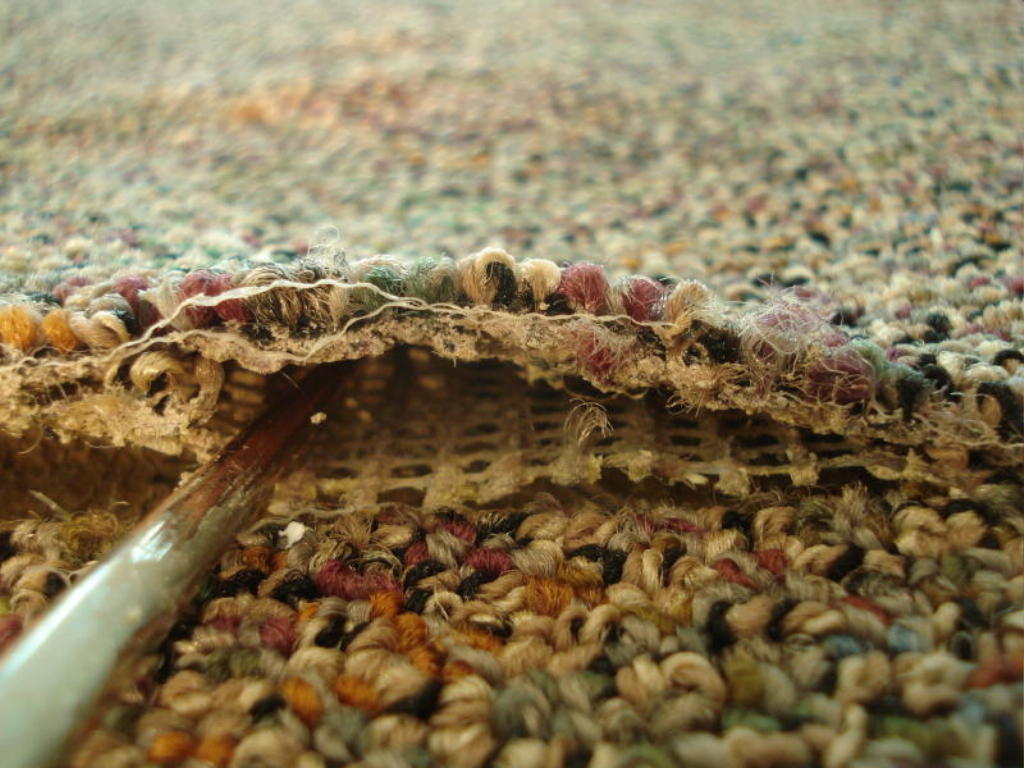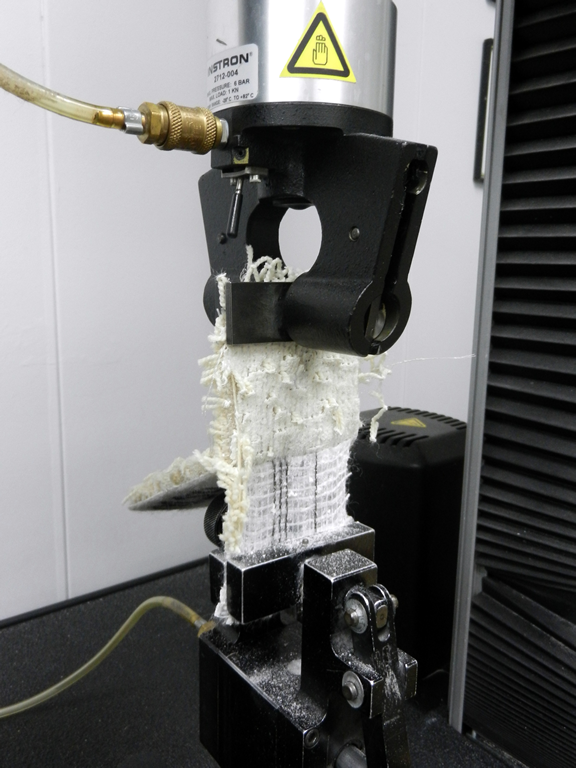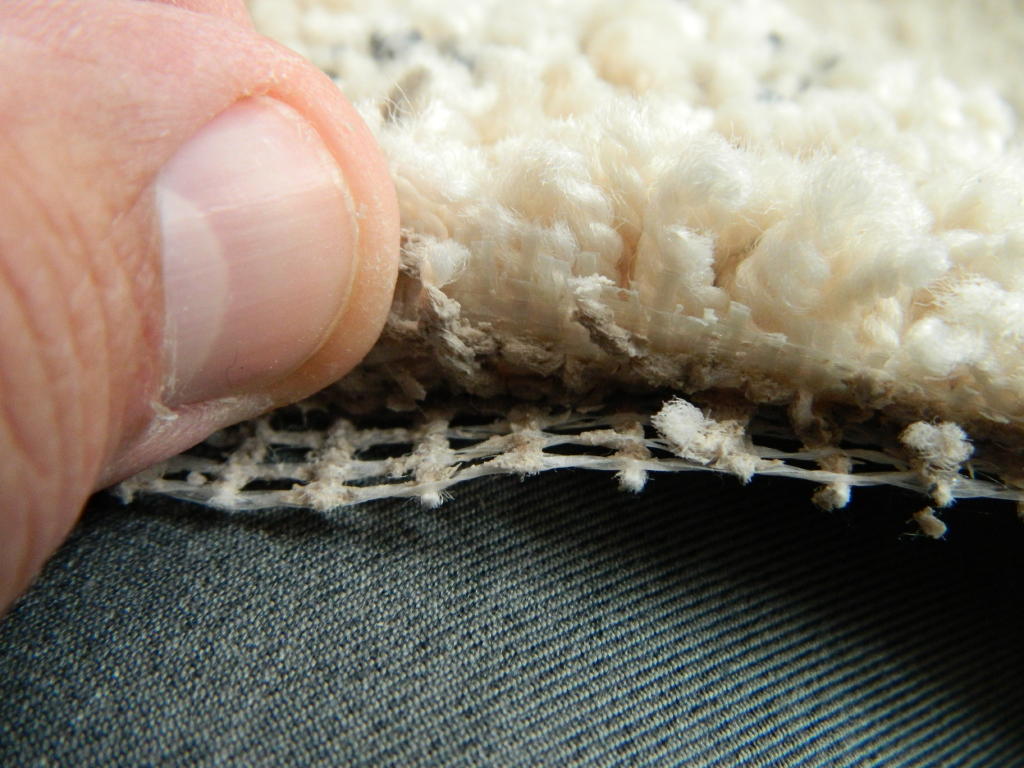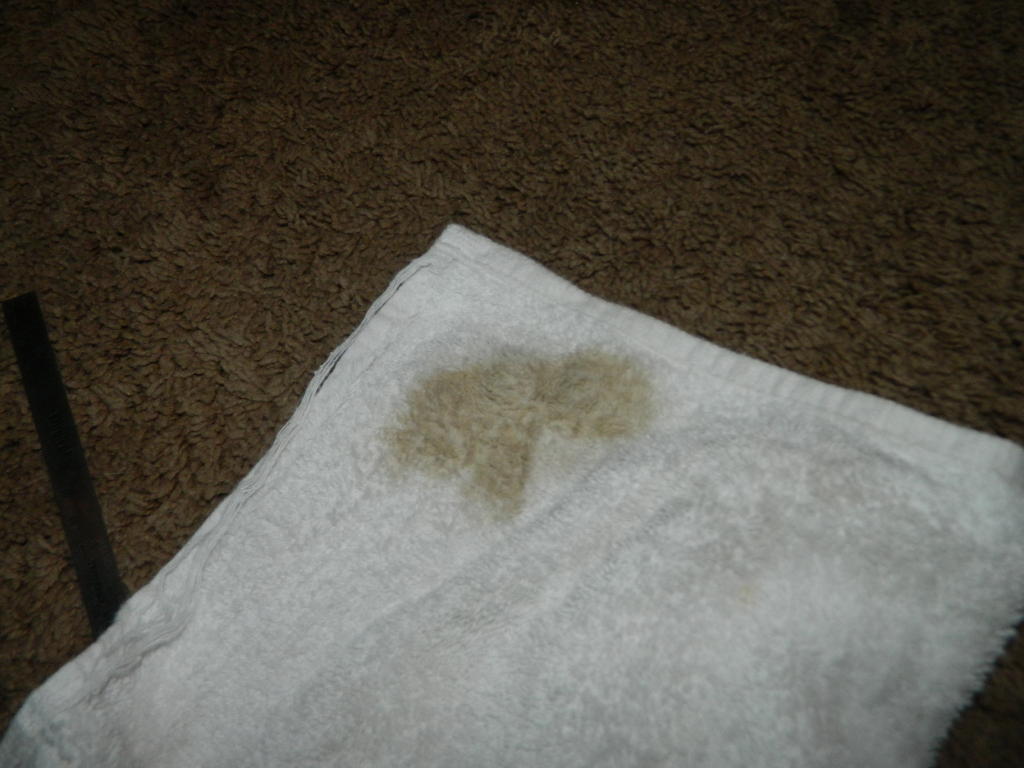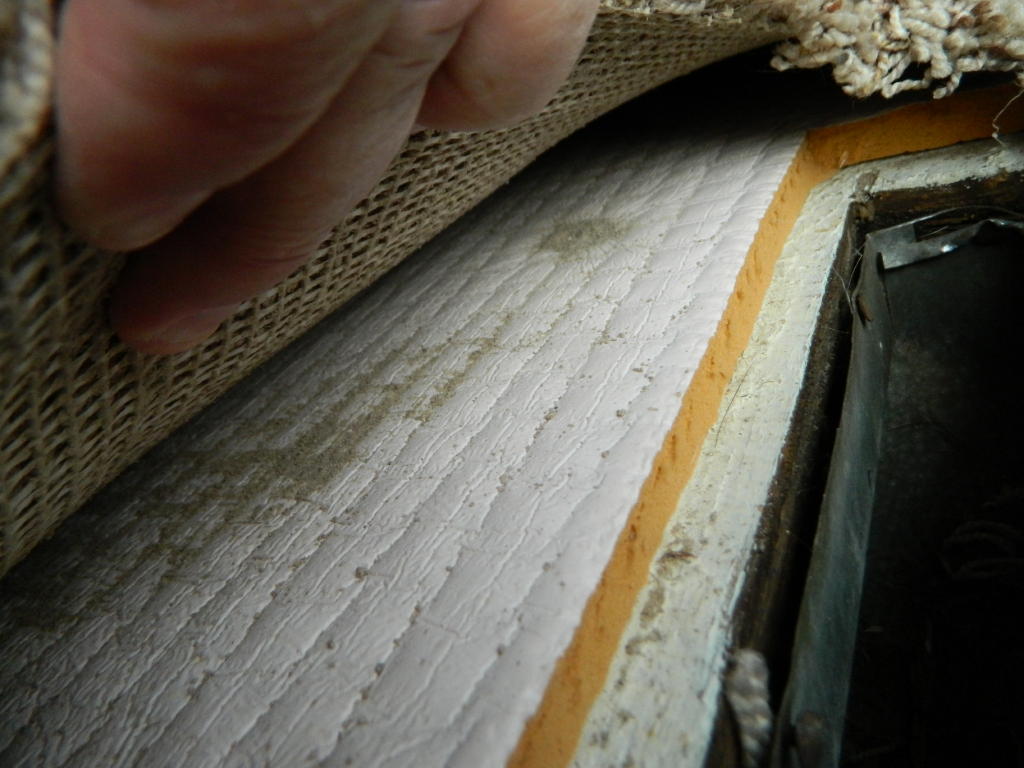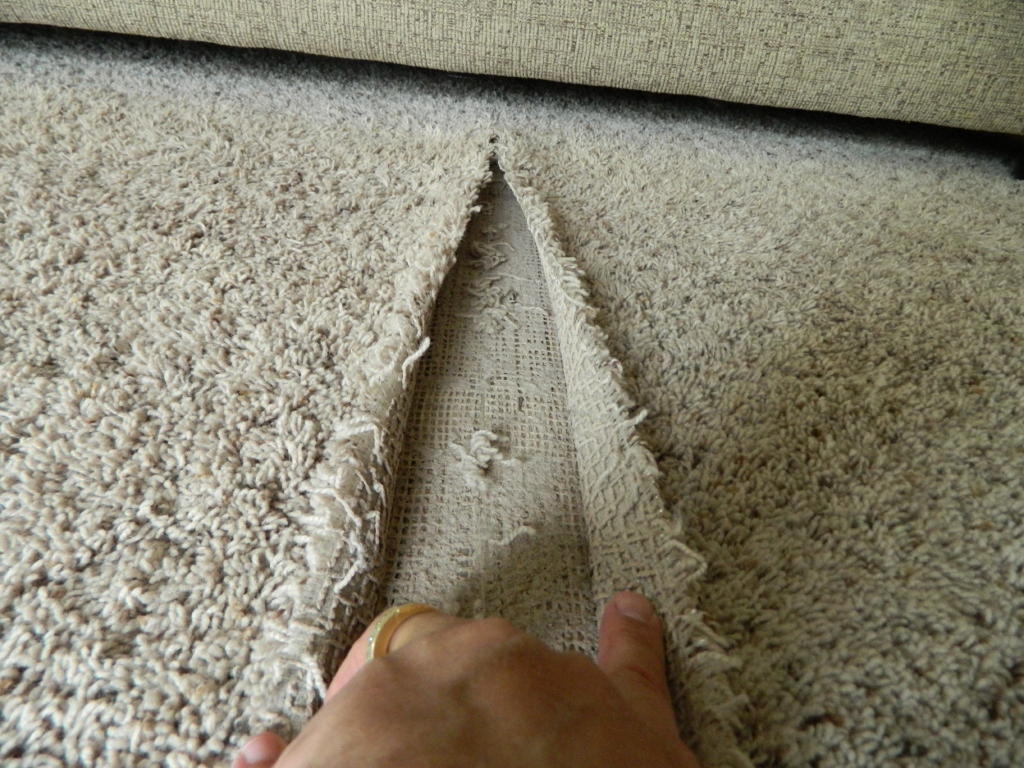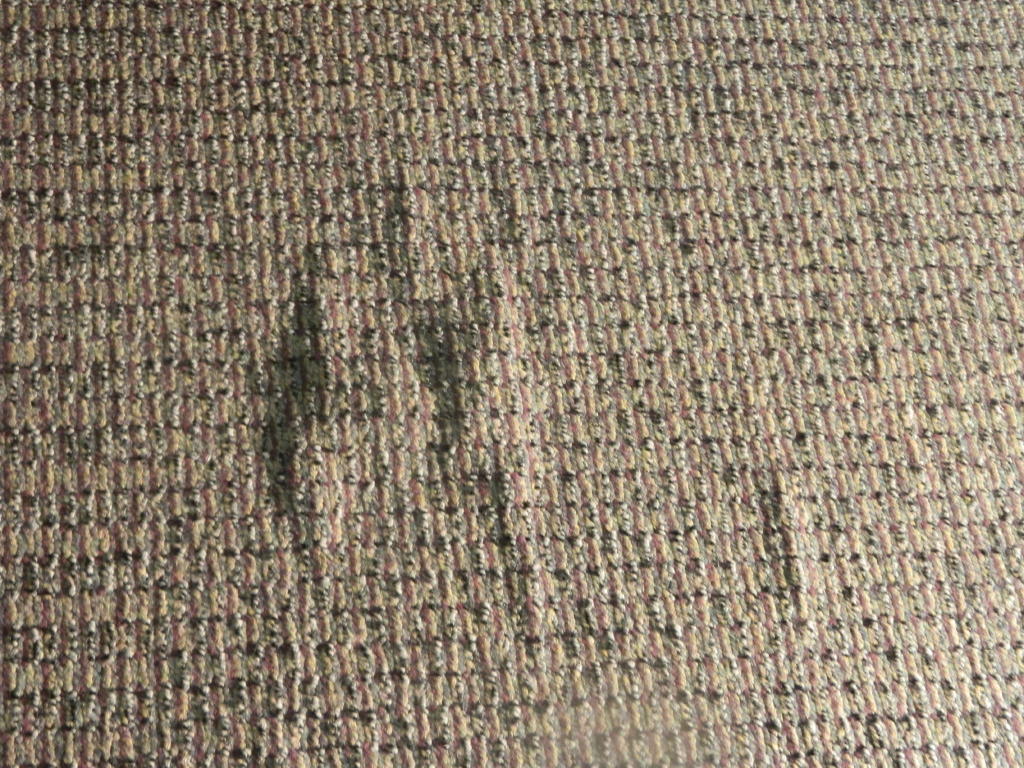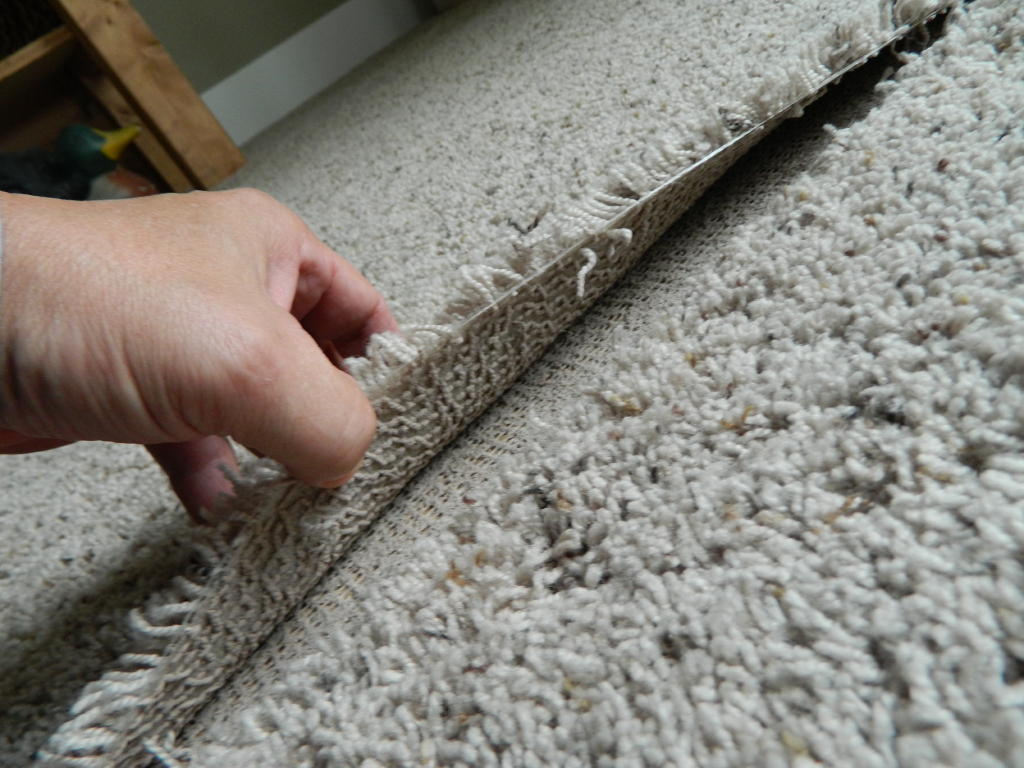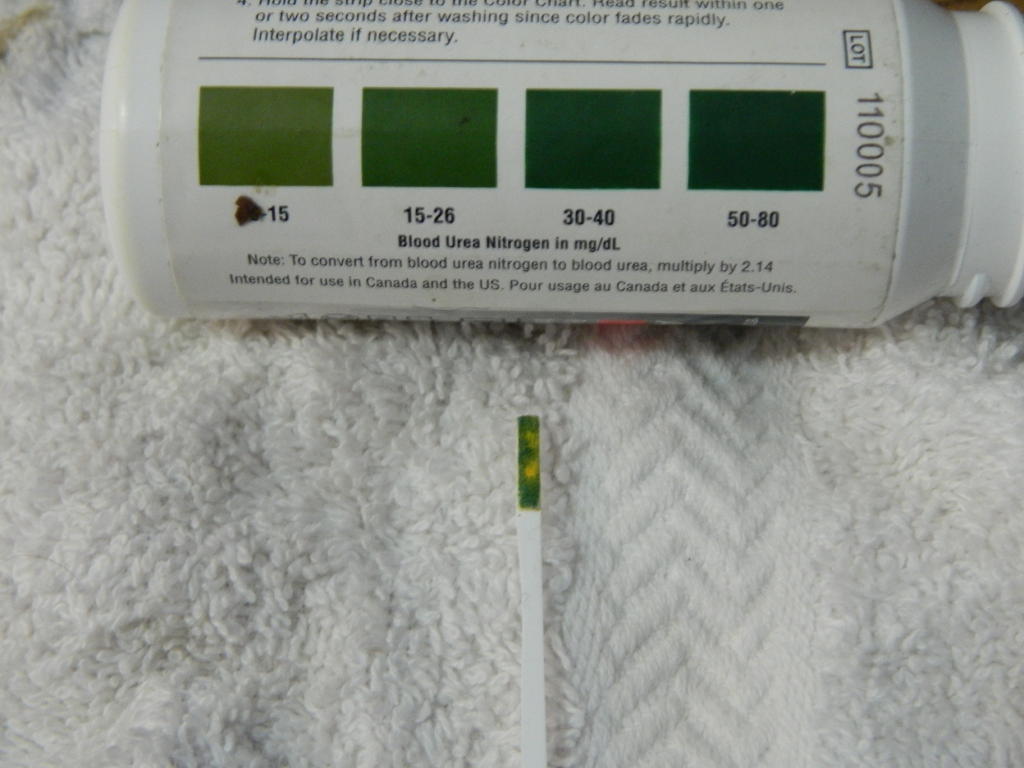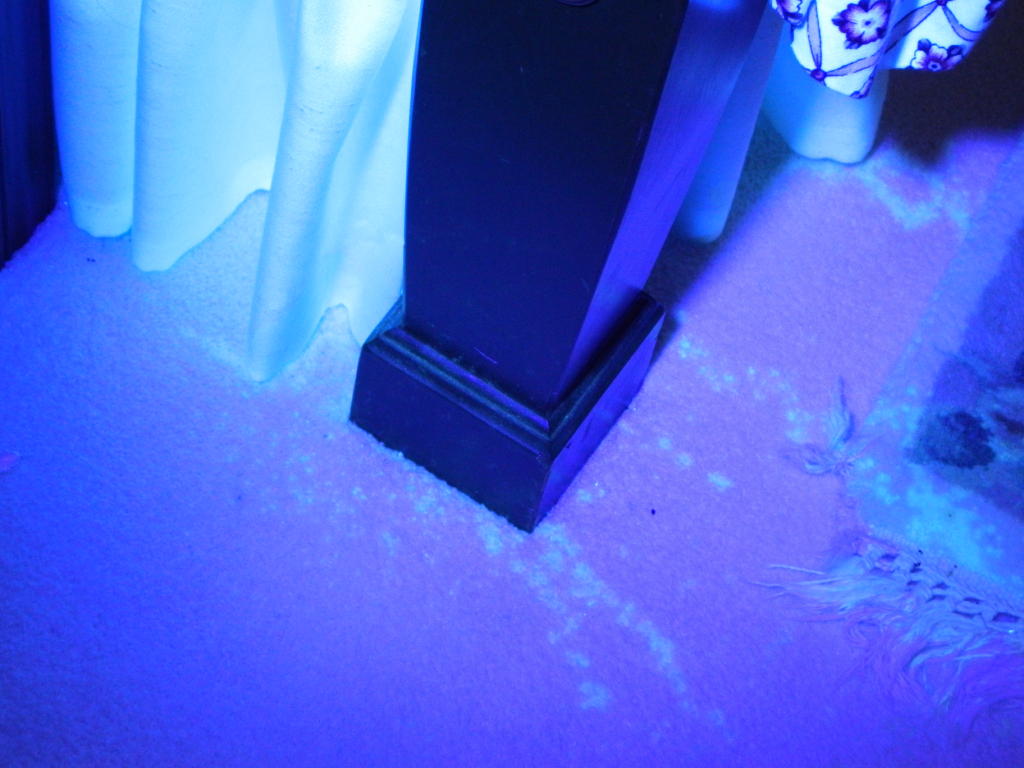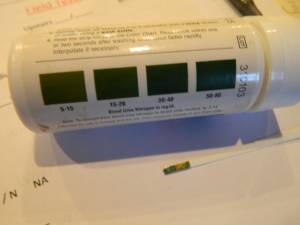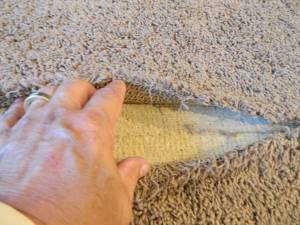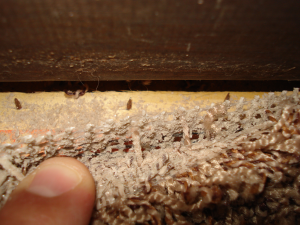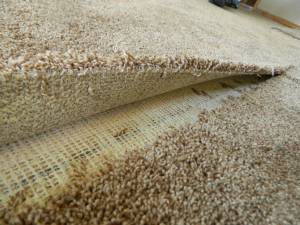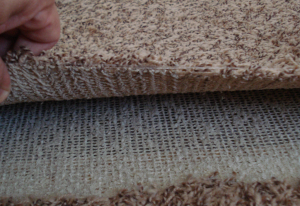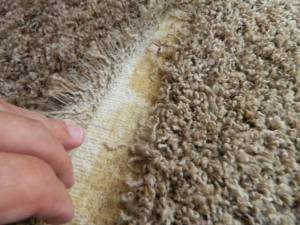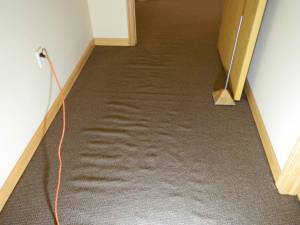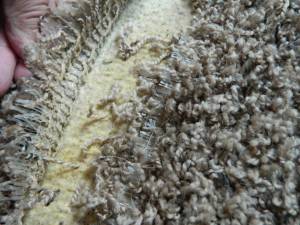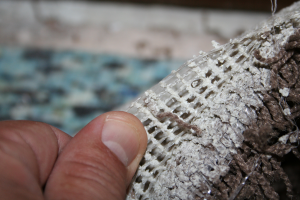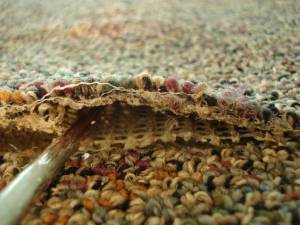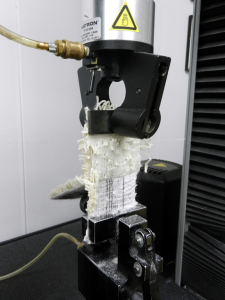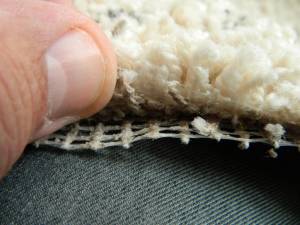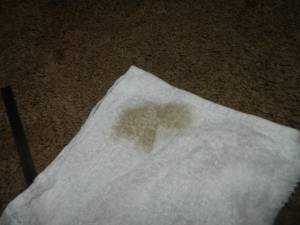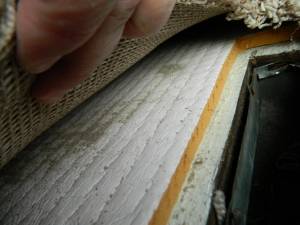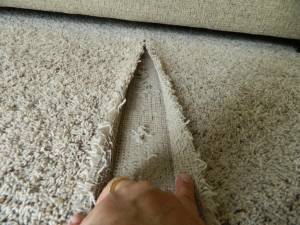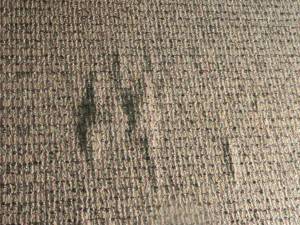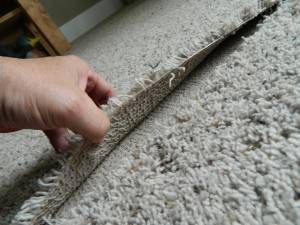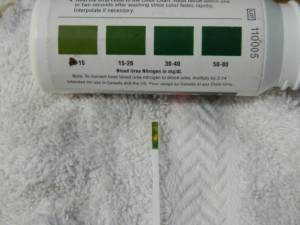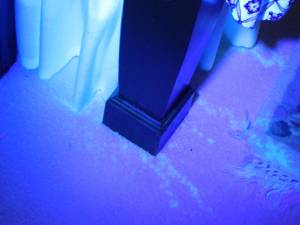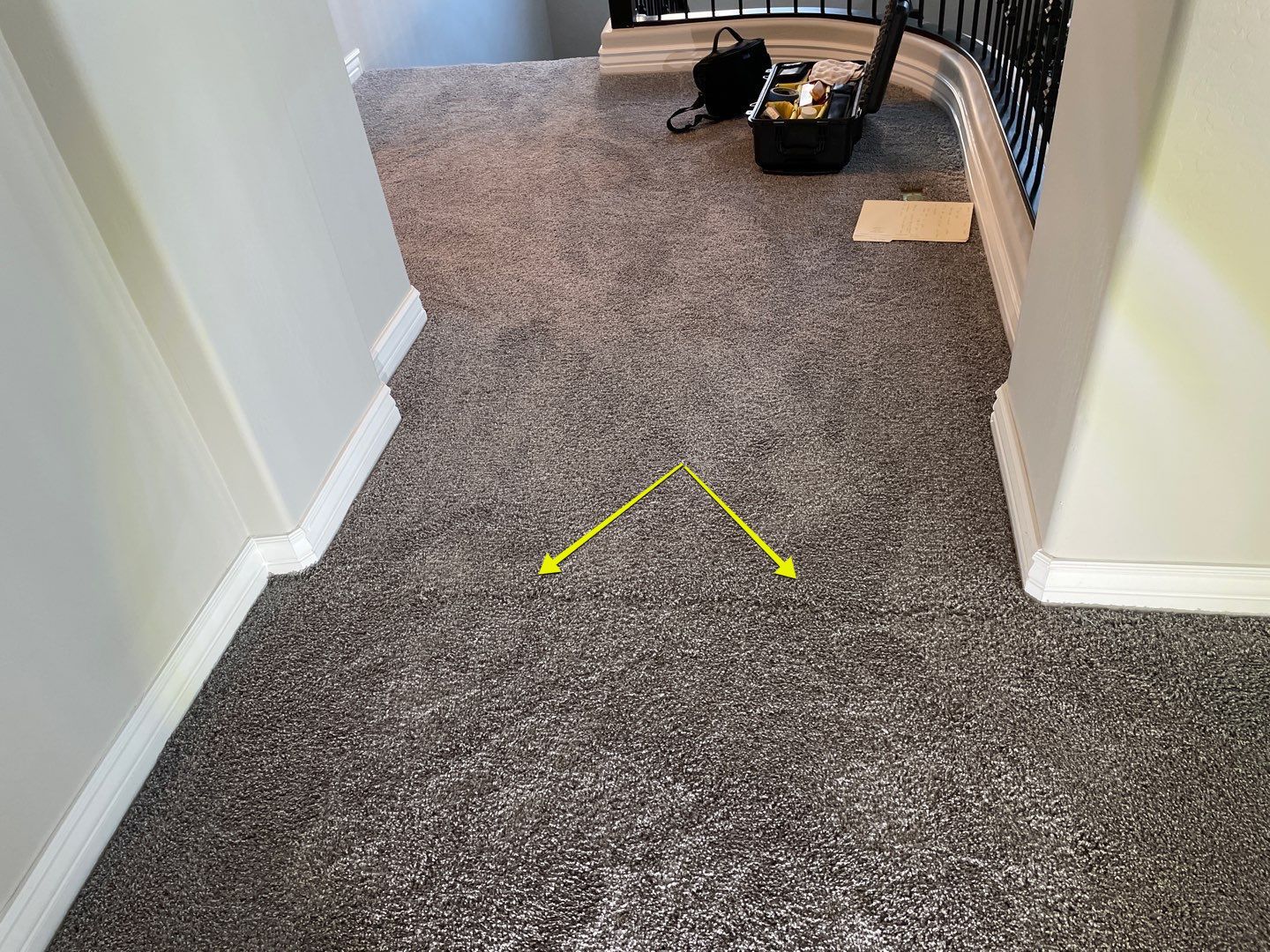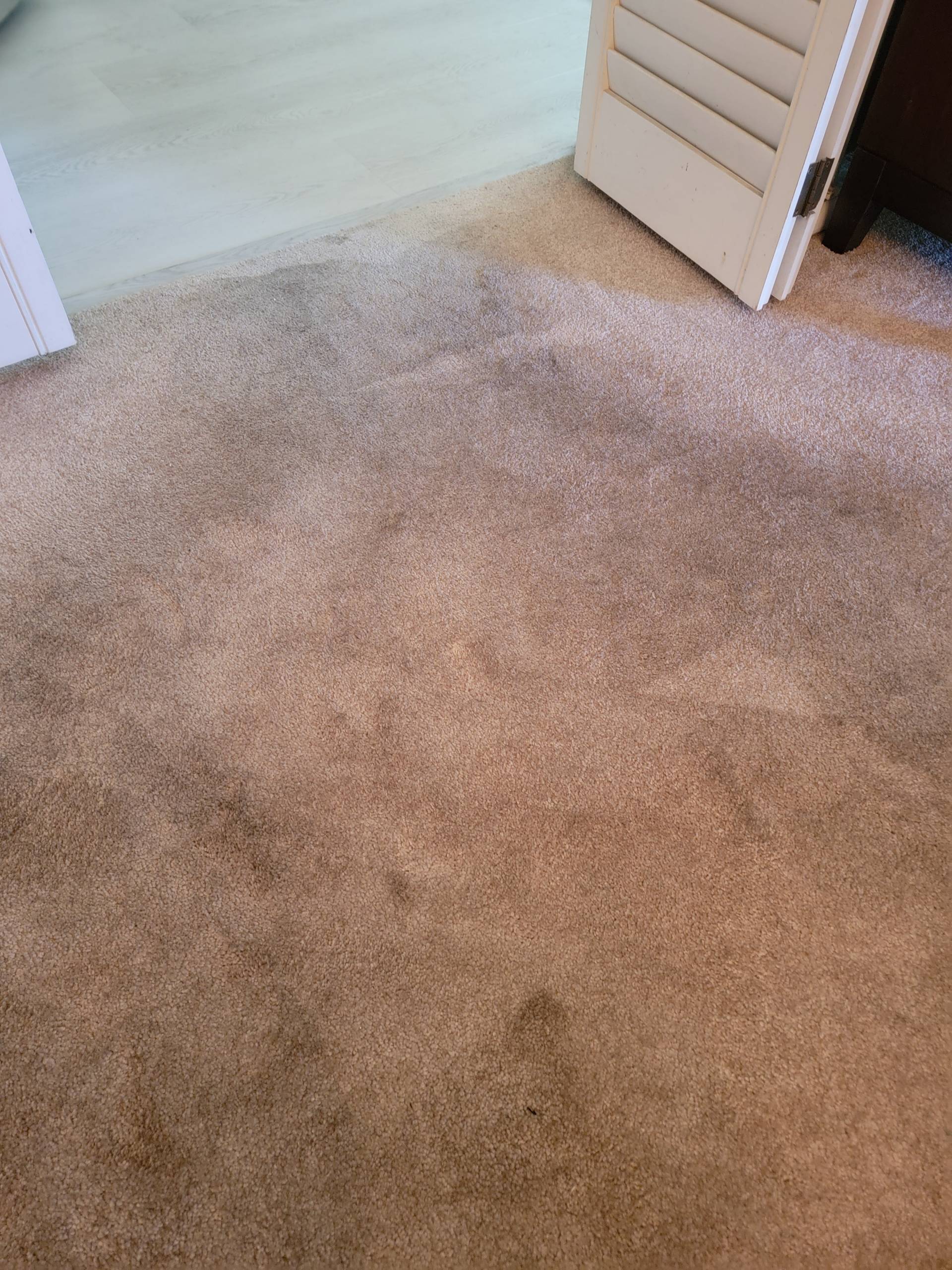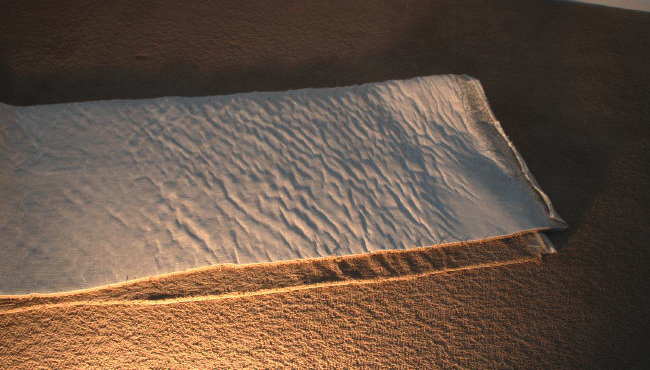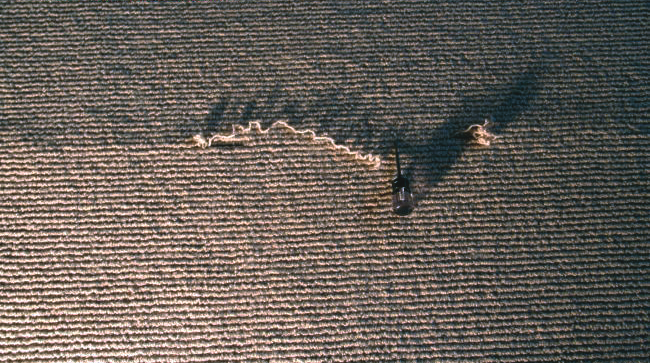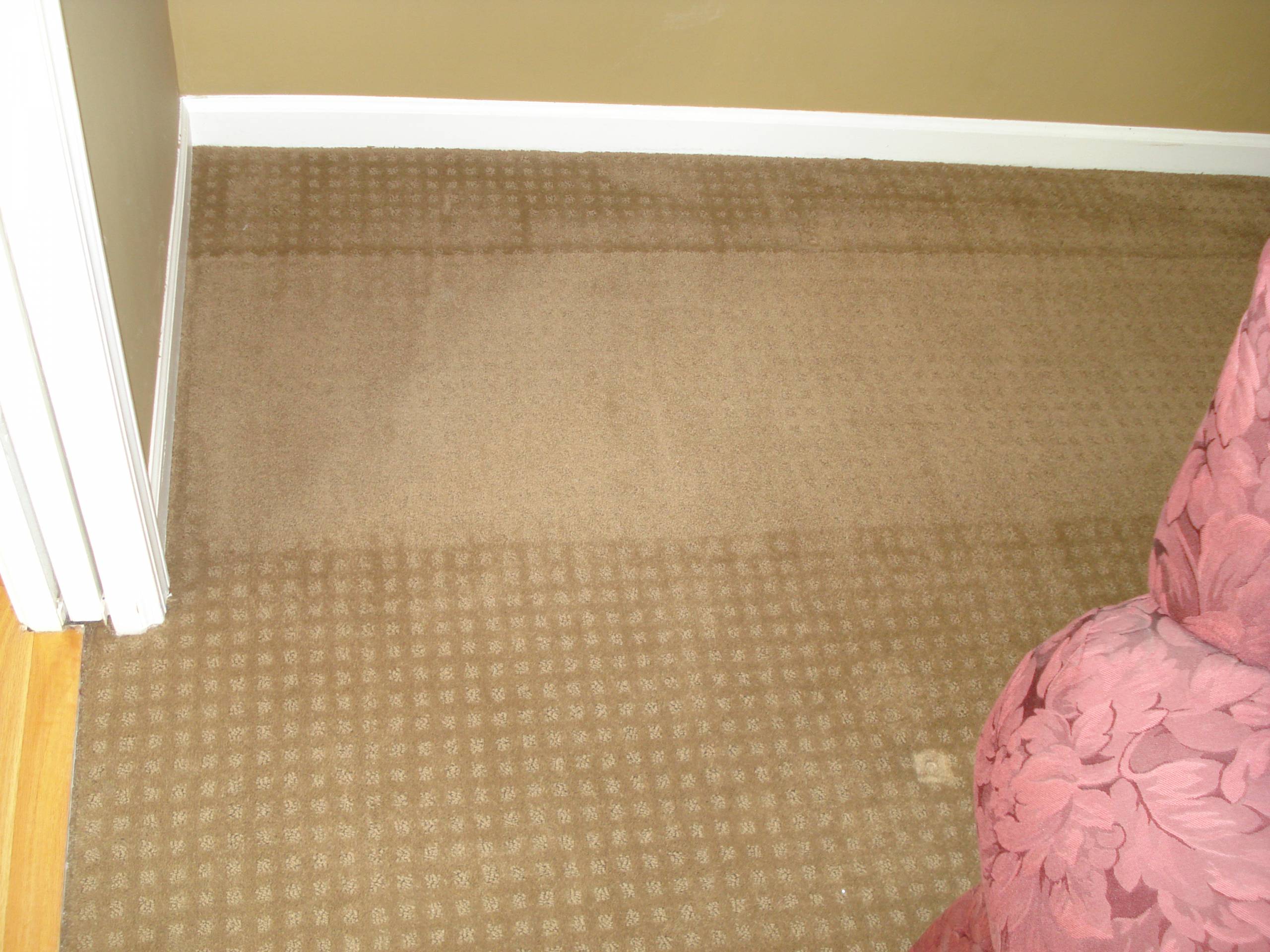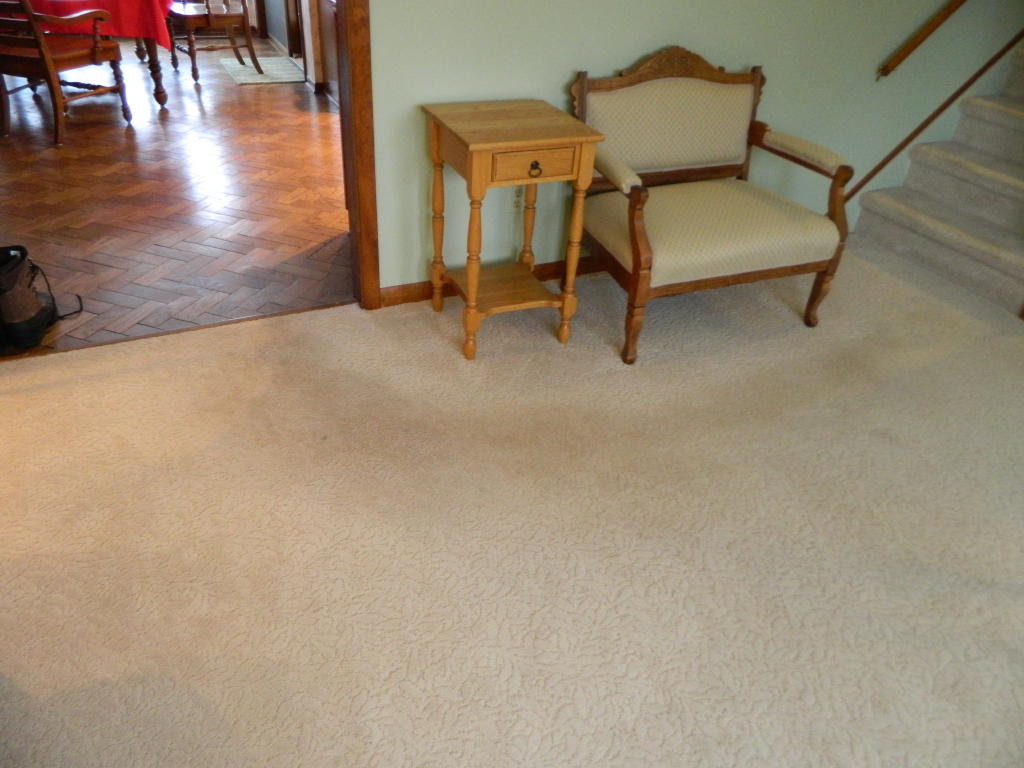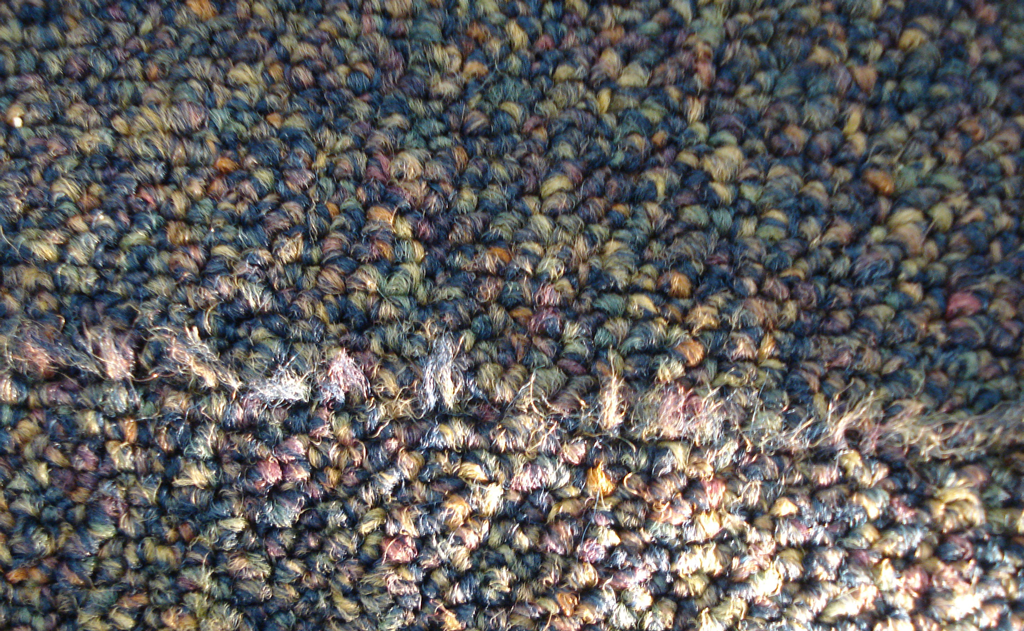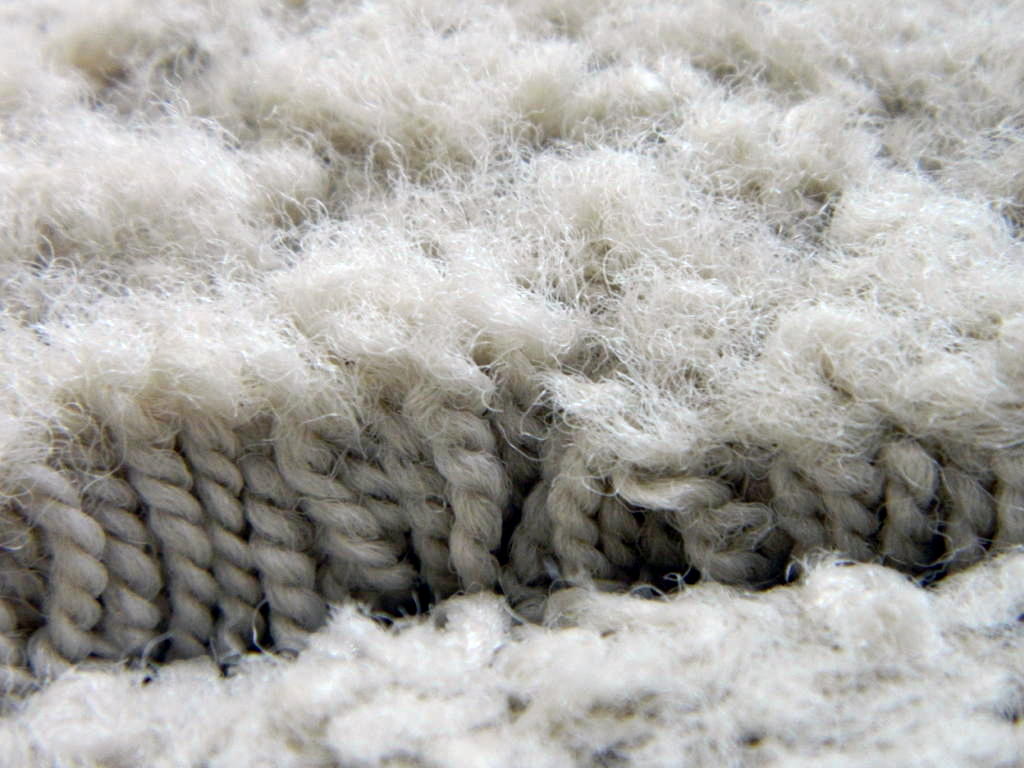Delamination

Azostix used to detect pet urine

Delamination

Delamination

Delamination

Delamination

Bubbles like these are often related to Delamination

Delamination from pet urine

Delamination

Delamination

Laboratory test for delamination

Delamination

Urine transferred to white towel from carpet

Excessive latex falling out of the backing

Delamination

Delamination

Delamination

Keep pet nails trimmed

Azostix to test for urine

Urine visible under ultraviolet light
What you need to know
Delamination occurs when the secondary backing separates from the carpet primary backing. This can occur in small areas, along the carpet edges and seams, or in large areas of the backing. Delamination can be manufacturing, installation, site, maintenance, or use and abuse related. The only standard for lamination strength is found in FHA/HUD UM44d, which sets minimum values for carpet that might be used in HUD or FHA housing. The minimum strength of 2.5 lbs. /inch of width is measured by a certified testing laboratory. Lamination strength minimums are not stated for carpet sold to other entities, however, the 2.5 lbs./inch is usually considered the acceptable minimum by the industry and has served well for 40 years.
Major causes of delamination include: …..
Please subscribe to see all content
July 4, 2023
As a paid Floor Detective Subscriber, we are now giving you free access to our extensive carpet claims training manual...
Read More
May 12, 2023
What You Need To Know Carpet yarns are the fibers used to create the pile or surface of a carpet....
Read More
December 15, 2022
What you need to know A missing row can occur during the tufting process when a yarn end comes out...
Read More
September 1, 2022
Browning Browning is a dark discoloration that appears at the tips of face yarns that occurs after wet carpet dries....
Read More
March 13, 2021
What you need to know Wrinkles in the backing can occur during the manufacturing process when the primary or secondary...
Read More
March 13, 2021
What you need to know Unraveling can occur on a loop pile or cut/loop pile carpet when a yarn is...
Read More
March 13, 2021
What You Need To Know Tube Line Pile Reversal occurs when the carpet is rolled around on the cardboard tube...
Read More
March 13, 2021
What you need to know Traffic Lane Gray occurs when the yarn filaments in the traffic lanes become scratched and...
Read More
March 13, 2021
What you need to know Top cuts are a condition that occurs due to installer carelessness at the time of...
Read More
March 13, 2021
What you need to know Tip Bloom is a normal characteristic of any cut pile carpet when subjected to traffic...
Read More


